
Waxing Crescent Moon – 4/26/2023 8:45 EDT
Telescope: Unitron 155c 4” f/15, Orion Atlas mount
Camera: QHY 367c Pro
Filter: 2” GSO IR Cut Filter
Exposure: 512x50msec, Gain 2800, Offset 50, -20C, saved as FITS/RAW16
Seeing: Poor, 2/5
White Balance: Nebulosity Automatic
Software: Sharp Cap Pro, Autostakkert, Registax, Nebulosity, Photoshop
This is quick image of the waxing crescent moon taken during twilight with my Unitron 155c and QHY 367c Pro full frame camera. This shows the exceptionally sharp image from the Unitron with no hint of chromatic aberrations. Wonderful scopes!
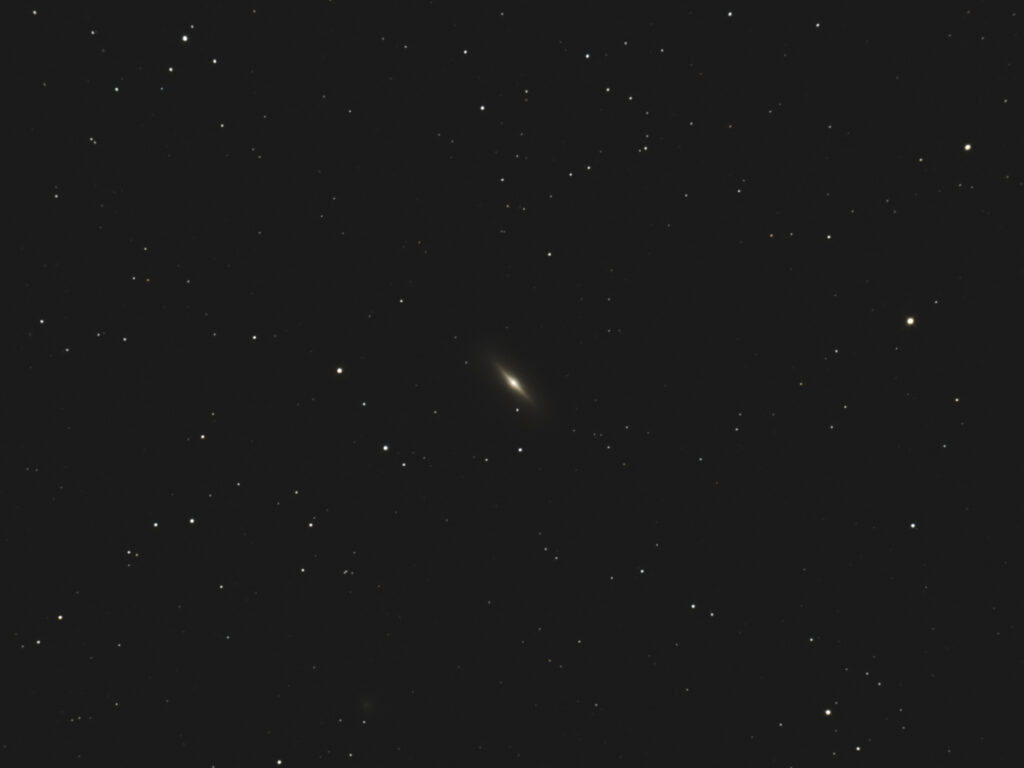
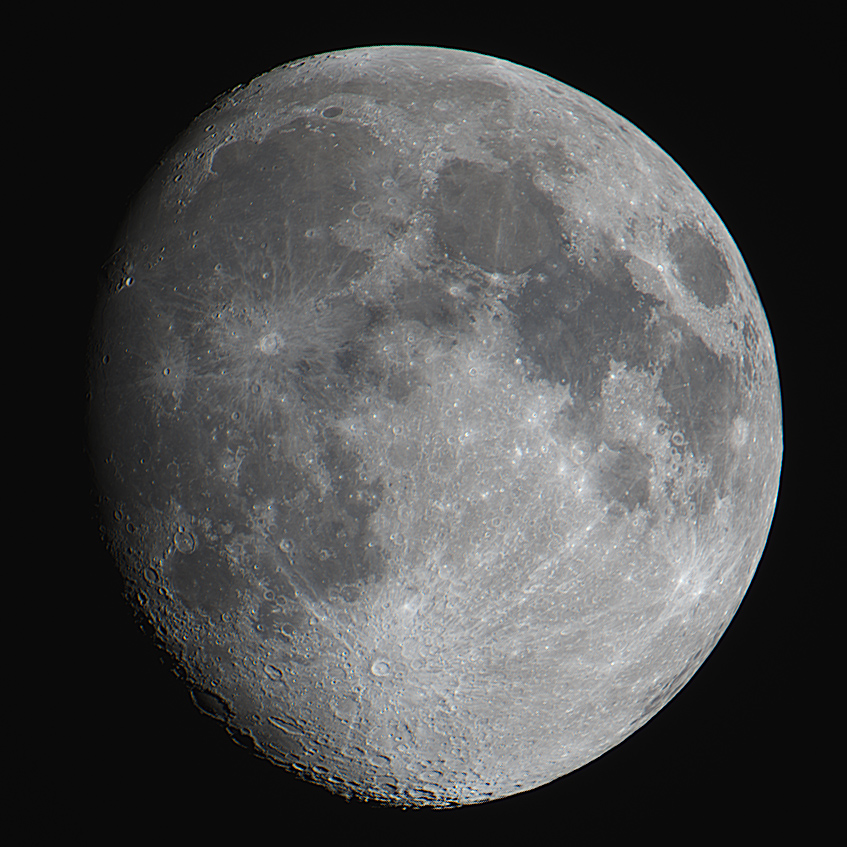
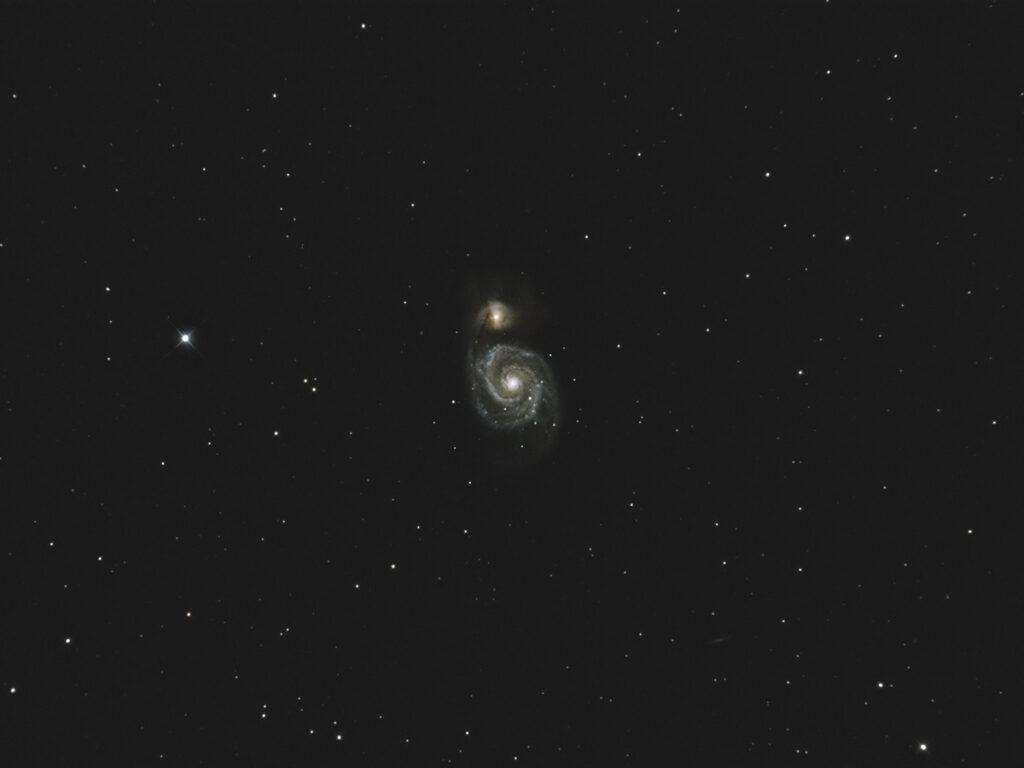
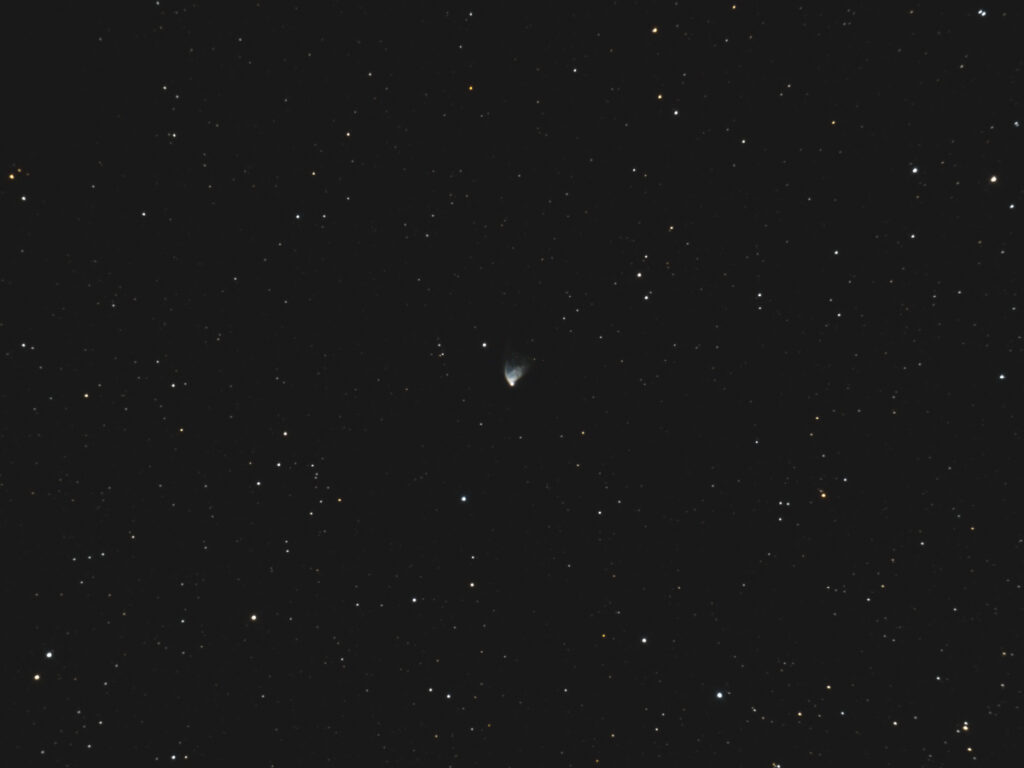

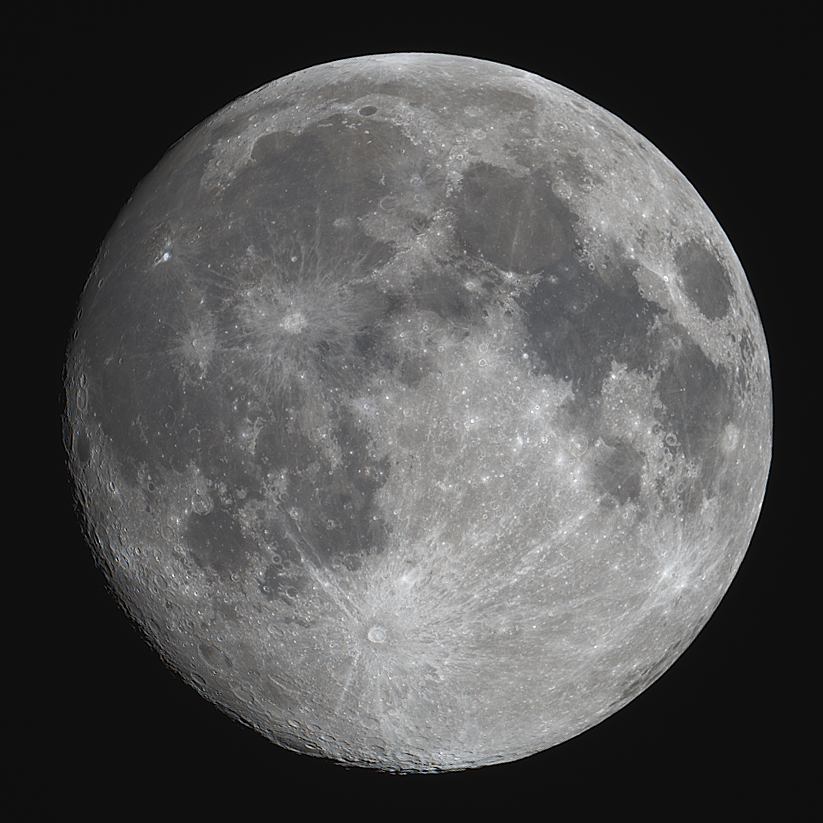
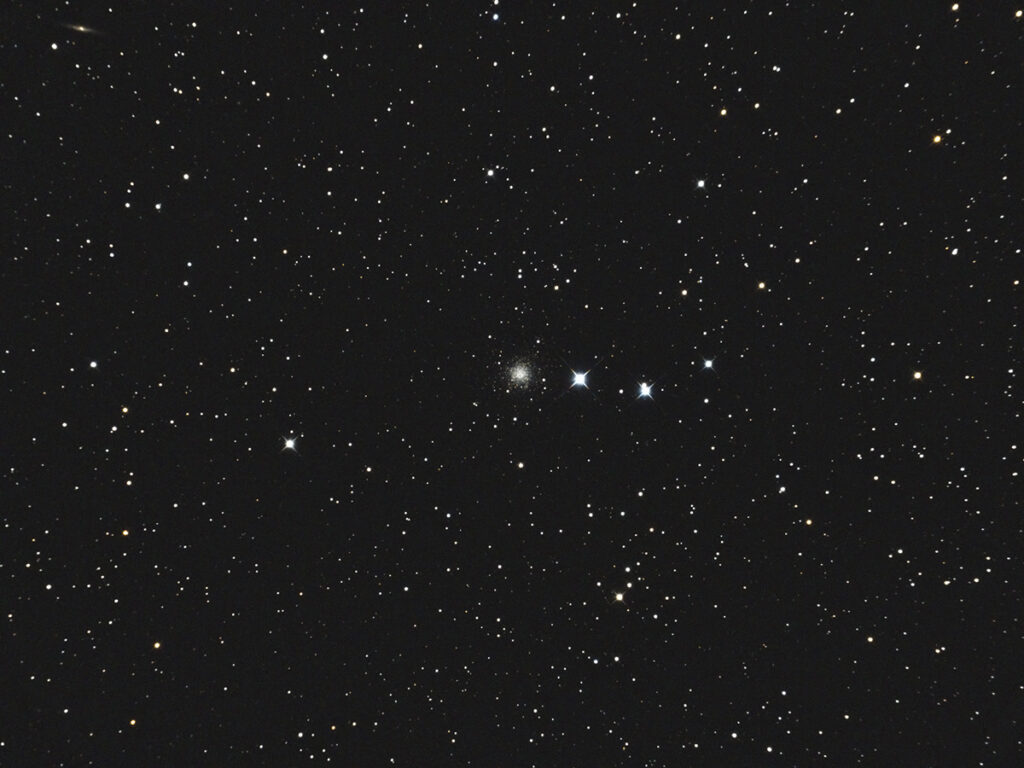
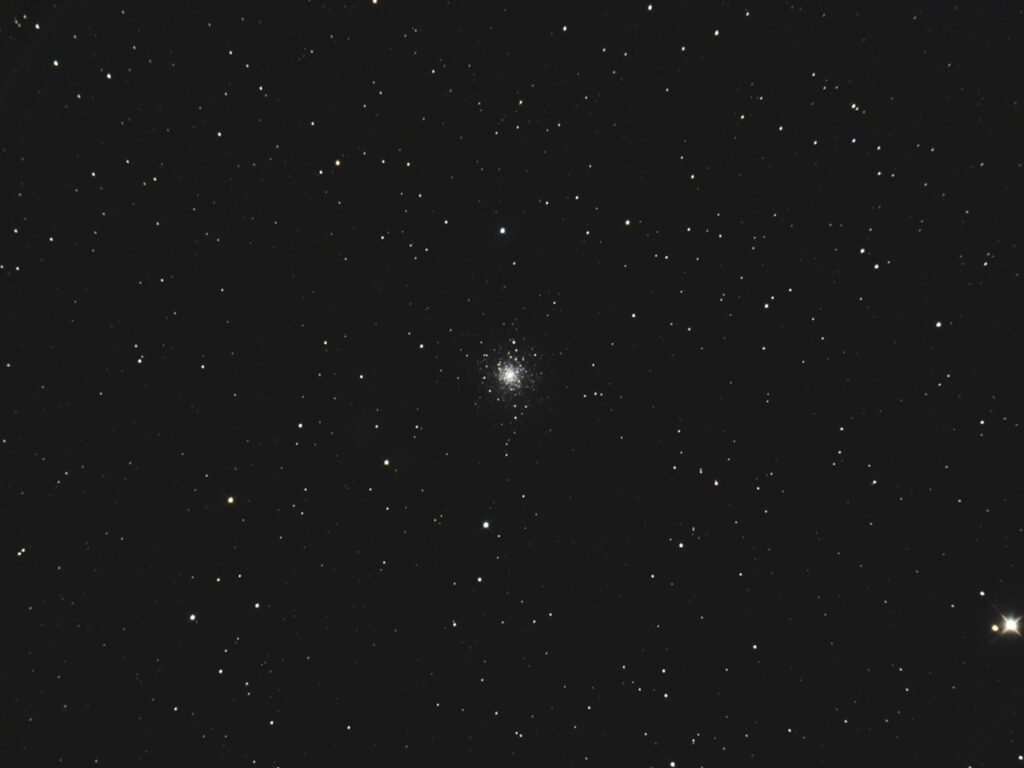
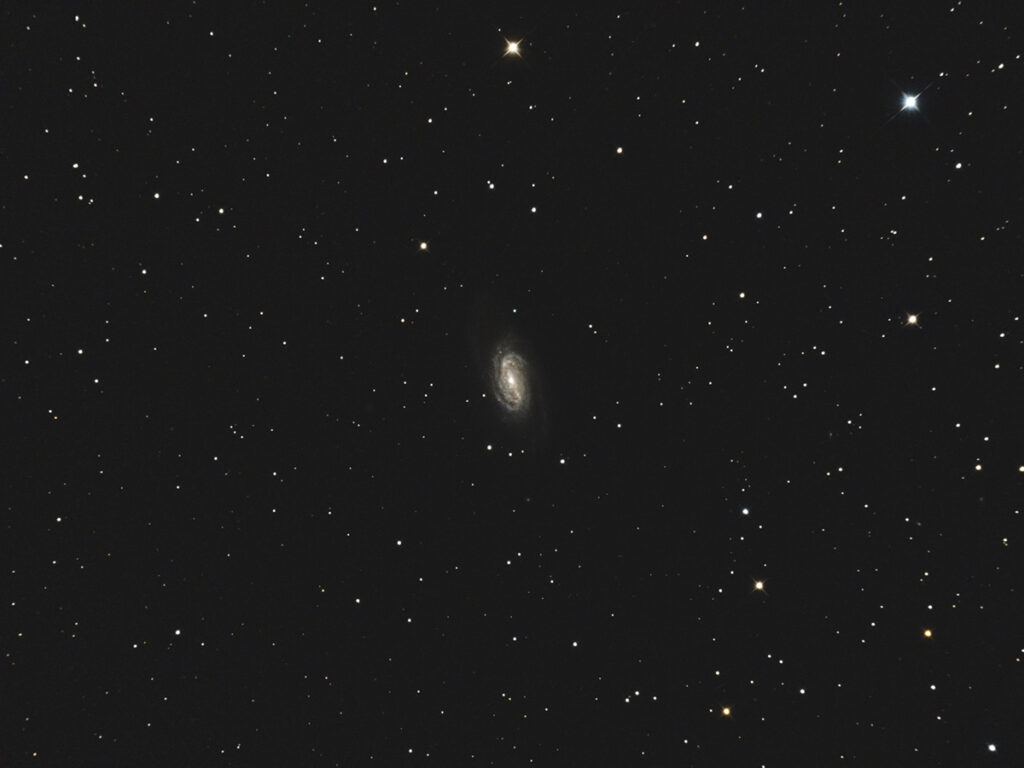
Recent Comments